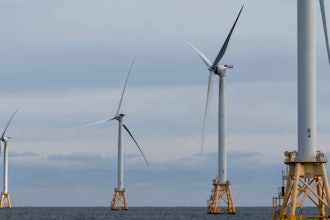
Electra has successfully completed off-runway test flights of its EL-2 Goldfinch hybrid-electric short takeoff and landing (eSTOL) technology demonstrator aircraft from a grass field near Electra's facility in Manassas, VA.
The flights demonstrate the eSTOL aircraft's effectiveness for operating from austere fields smaller than 300 ft that are minimally prepared. The aircraft flew a series of takeoffs and landings from a grass area and demonstrated the maximum performance climb-out of 32 degrees that would be used in many military missions. It also required no charging infrastructure as the batteries are charged in-flight by the hybrid propulsion system.
The dual-use technology is ideally suited to serve as a small highly fuel-efficient and cost-effective airlifter that supports Agile Combat Employment and expeditionary missions while reducing the operational energy footprint. Small, affordable, runway-independent eSTOL aircraft could also alleviate demand on larger, few-in-number, high performance fixed wing and rotorcraft platforms in a contested logistics environment.
In addition to the grass operations, the test campaign included acoustic data collection to validate the low-acoustic capabilities of the eSTOL technologies. The aircraft achieved quiet operations of under 55 decibels at 500 feet overflight, a sound level comparable to human conversation. At typical cruise altitudes, the aircraft will be inaudible over background noise. Later flights will progress to even rougher and more confined areas as the test program continues.
Electra is developing the production aircraft which will carry 9 passengers or 2,500 pounds of cargo up to 500 miles while still providing the STOL, austere operations, and low-noise capabilities. Aircraft certification and entry into commercial service under FAA Part 23 regulations is targeted for 2028.






















